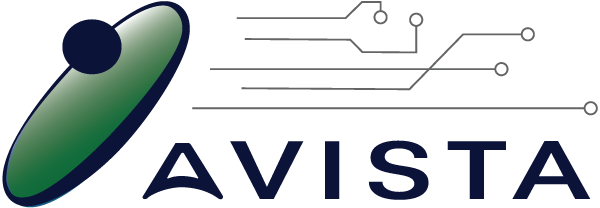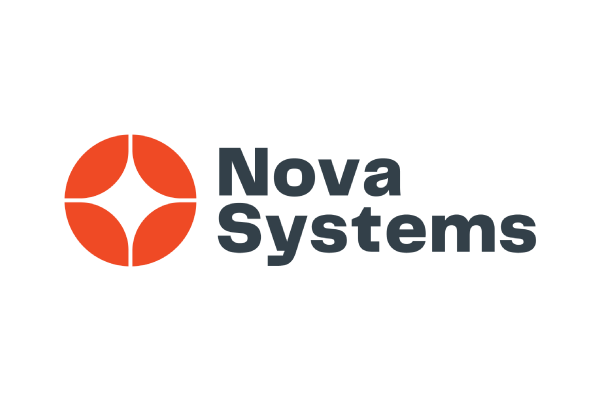 4. Operation Design
4. Operation Design



Plan out your Solution in Detail
// 5. OPERATION PROTOTYPE
Goal: To plan a solution through detailed sketches, models, or a draft document.
Now that you have chosen the best solution to the problem, you need to plan it out in detail.
Depending on the nature of your solution, you may need to include diagrams, models, maps, step-by-step instructions, procedures and/or a detailed draft document.
Ultimately this stage depends on the specific nature of your solution. Ensure you consider all parts of the problem and how the different parts of your solution fit together.
At this stage, you do not need to create a perfectly presented solution. It just needs to be clear enough to show all aspects of your plan and be understood by someone outside of your team. In the next few stages, you will evaluate and improve the plan before creating a final version for submission.
However, you should keep in mind how you are going to communicate your final solution. This will inform the details to include and how you present it.
Incident Control Centre Briefing
A clear, practical plan for leaders and coordinators to follow.
Media Briefing
A public update that explains the plan without giving away any sensitive information.
Internal Strategy Memo
A report for company leaders explaining the strategy and decisions.
// TRIAL AND ERROR
Video Learning: Trial and Error
Source: Defence Industry, 2022
// CAREERS
Defence Industry Careers
Use the Defence Industry Careers Quick Guide (below) to help you:
- Choose realistic roles to include in your plan (you don’t just have to stick to this list though!)
- Match tasks in your plan to actual defence industry-related occupations
- Understand the skills and knowledge needed for each role
- Think about future pathways if this sparks your interest!

// PATHWAYS
Pathways to Defence Industry Careers
Because of the wide range of occupations involved, there are multiple pathways that can lead to a career in defence industry. Some roles require University study, others have a VET pathway, and some entry-level positions provide on-the-job training.
There are also two specialised programs that can help you get into defence industry:
1. The Defence Industry Pathway Program (DIPP) Traineeship in Perth and Adelaide is a 12-month traineeship that includes manufacturing and engineering, computing, logistics, procurement, technical drawing and computer-aided design (CAD), along with paid work at various defence industry providers.
2. The Defence Industry Internship Program (DIIP) provides Engineering and Technology university students with paid internships in Defence Industry businesses
// CAREER SPOTLIGHT
Defence Industry Career Spotlight
Welder (Fabrication Tradesperson)
Yasmin is a qualified welder specialising in high-strength steel used in naval shipbuilding. She works to precise tolerances and is trained in specialised defence welding methods. Safety, accuracy, and teamwork are essential in her role.
She completed a school-based apprenticeship in metal fabrication while helping her dad restore vintage cars. She went on to complete a Certificate III in Engineering – Fabrication Trade and was recruited into a defence shipbuilding project.
Pathways:
Certificate III in Engineering – Fabrication Trade (Apprenticeship)
Trade training programs supported by defence employers

// AVISTA CHALLENGE
Next Challenge: 6. Operation Evaluate
Begin the next stage of your AVISTA Challenge!
In “Operation Evaluate”, your team will test and assess how well the prototype meets the design criterion and solves the problem.













